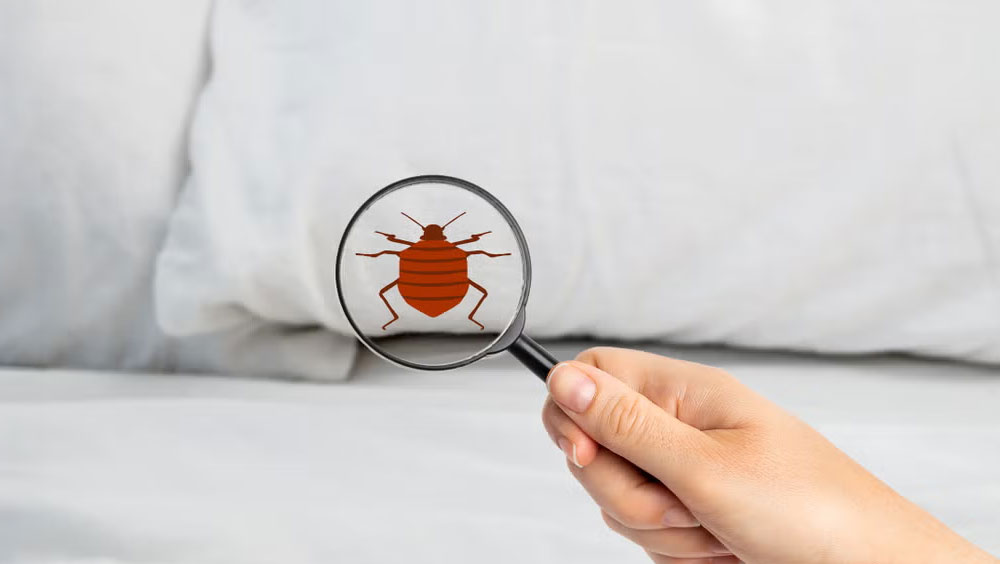Bed bugs are tiny, pesky insects that can cause discomfort and health issues if left unchecked. These nocturnal pests hide in cracks, furniture, and bedding, making them hard to spot. If you suspect an infestation, knowing how to check for bed bugs properly is crucial. In this guide, we’ll walk you through a step-by-step process to identify signs of these unwelcome invaders before they become a bigger problem.
Inspect Your Mattress And Bedding

The most common hiding place for bed bugs is your mattress and bedding. Start by removing all sheets, pillow covers, and blankets. Look closely at the seams, folds, and edges of your mattress for tiny brown or reddish-brown bugs, eggs, or dark spots. Bed bugs leave behind tiny bloodstains and fecal marks, which resemble ink splatters..
Check Your Furniture And Upholstery
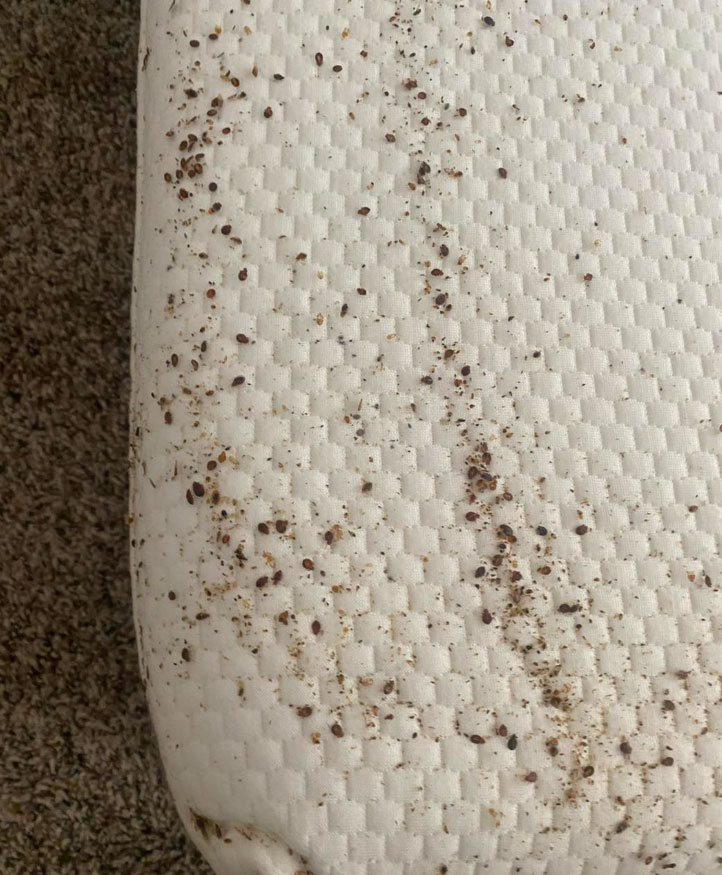
Bed bugs don’t just reside in beds; they can also infest sofas, chairs, and upholstered furniture. Using a flashlight, inspect crevices, armrests, and the underside of cushions. If you notice tiny bugs, molted skins, or small dark spots, there’s a good chance your furniture is affected..
Examine Wall Cracks And Baseboards
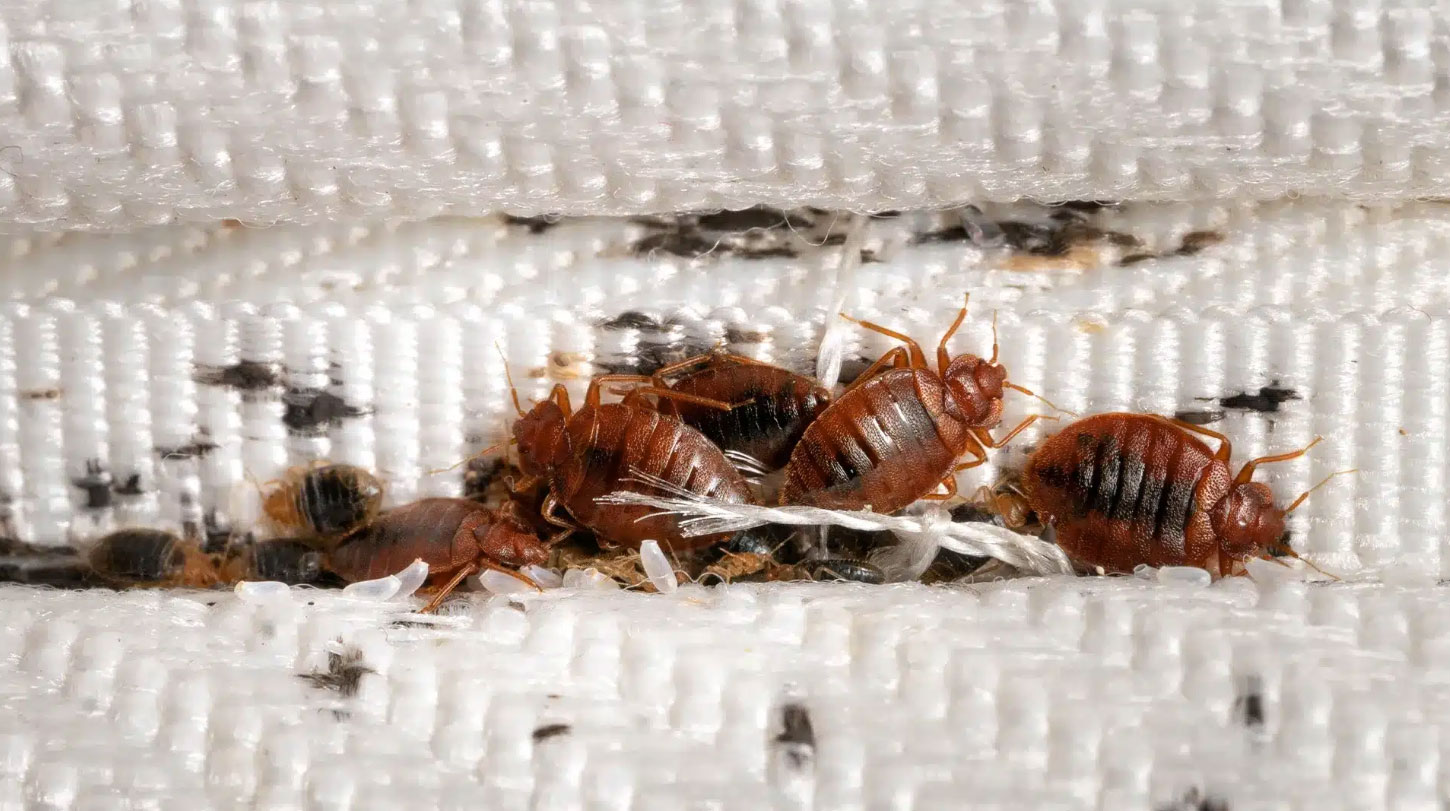
Bed bugs are known to hide in tiny cracks and crevices during the day. Check along your wall baseboards, electrical outlets, and any small openings in walls or furniture. A flashlight and a credit card or similar flat object can help you scrape into these tight spaces to reveal any hidden bugs..
Look For Bed Bug Bites On Your Skin
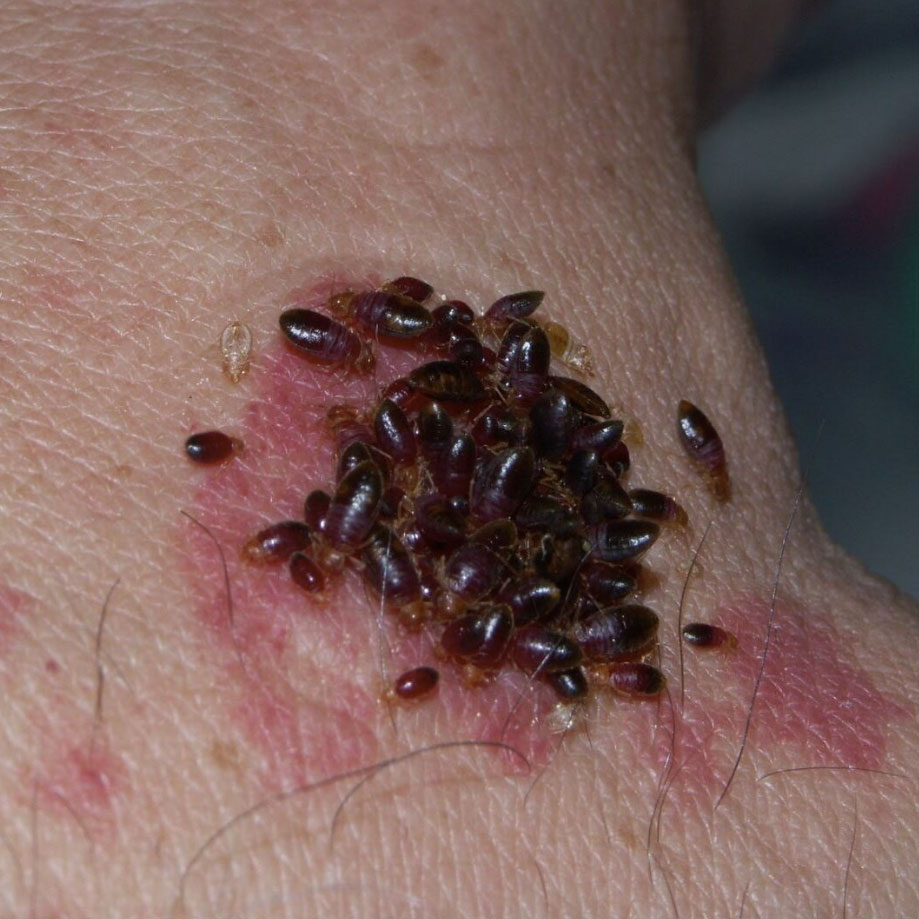
While bed bug bites vary from person to person, they typically appear as small, itchy red bumps in a clustered or linear pattern. Common bite areas include the arms, neck, and back. If you wake up with new bites every morning but don’t see any bugs, it’s a strong indicator that you may have an infestation..
Inspect Luggage And Travel Bags
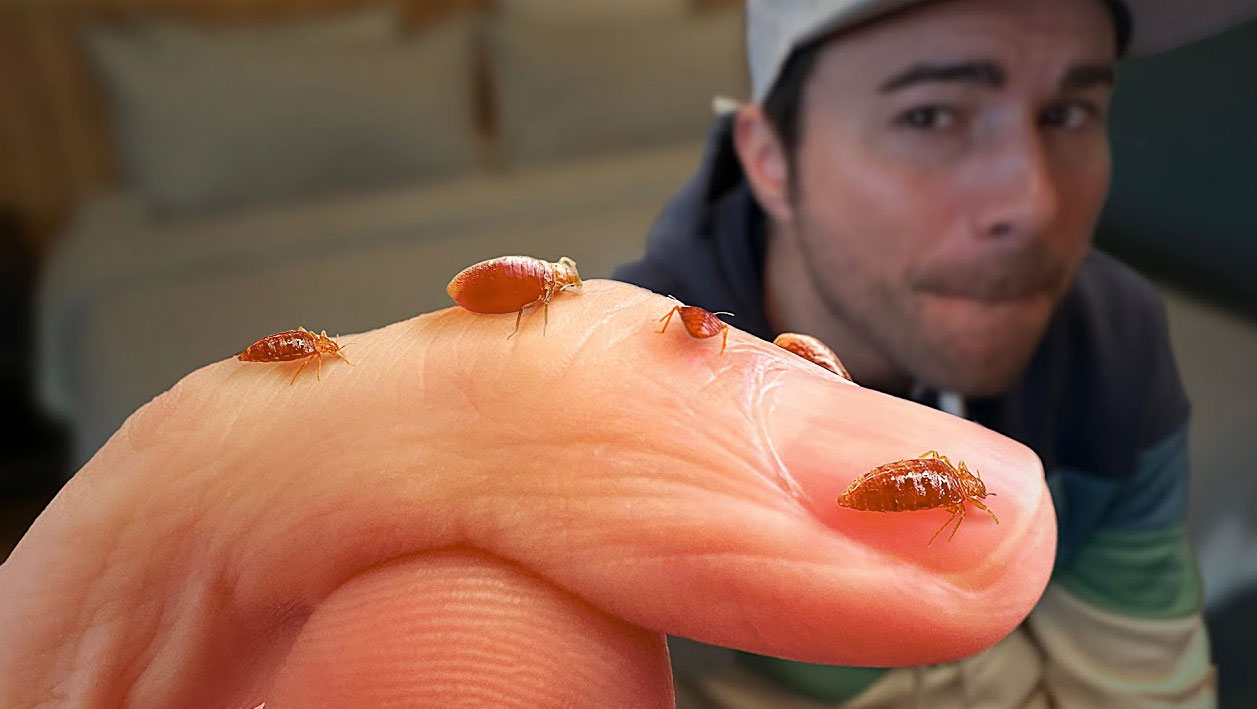
Traveling is one of the easiest ways to bring bed bugs into your home. If you have recently stayed in a hotel or another residence, inspect your suitcase and bags for any signs of the pests. Check zippers, pockets, and lining to ensure that bed bugs haven’t hitched a ride..
Use Bed Bug Detection Tools
Several tools can aid in your bed bug inspection, including interceptor traps, sticky tape, and bed bug monitors. These products help identify an infestation by trapping bugs crawling around furniture legs or bedding areas. If you suspect an infestation but can’t see the bugs, these tools can provide confirmation..
Check Behind Picture Frames And Wall Hangings
Bed bugs are notorious for hiding in the least expected places. If you have framed pictures or wall décor near your bed, gently remove them and inspect the back and corners for any signs of activity. The tiny pests can lurk behind artwork, mirrors, or loose wallpaper..
Hire A Professional Bed Bug Inspector
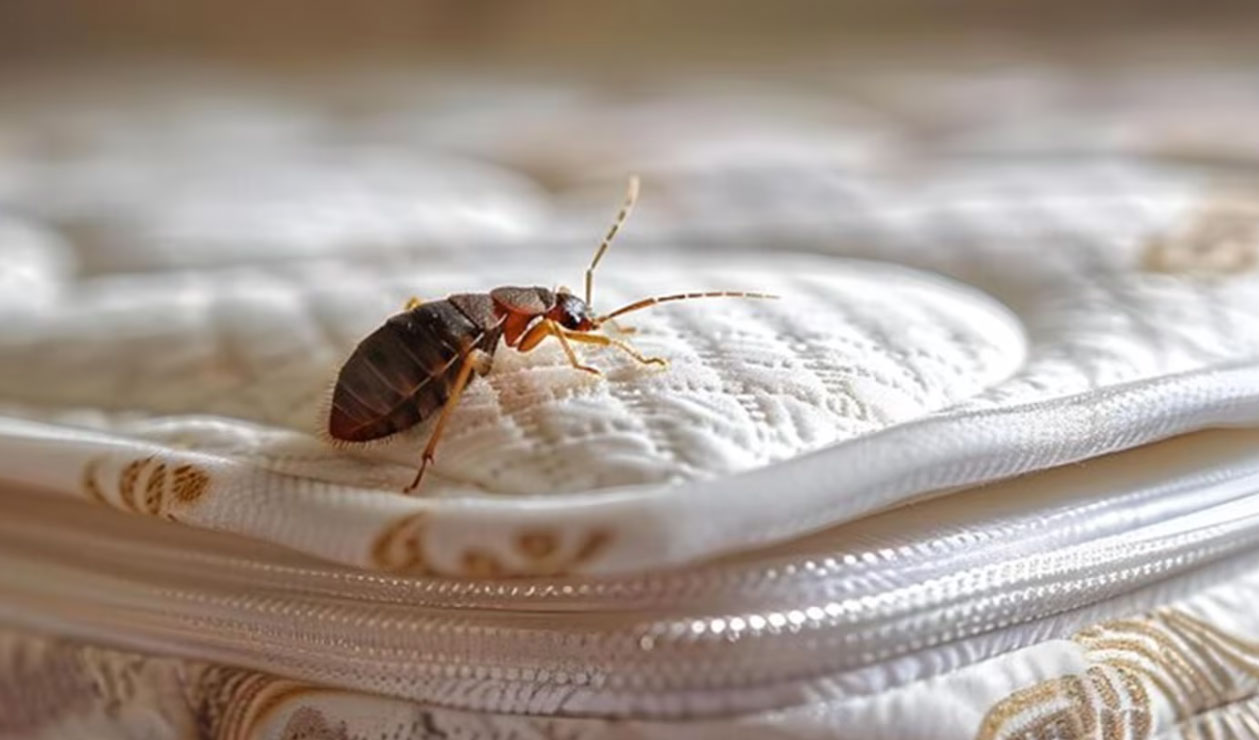
If you’re unable to locate bed bugs but continue experiencing signs of an infestation, consider hiring a professional. Pest control experts have specialized tools to detect even minor infestations. They use trained dogs, heat detection, and professional-grade chemicals to identify and eradicate bed bugs..
Prevent Future Bed Bug Infestations
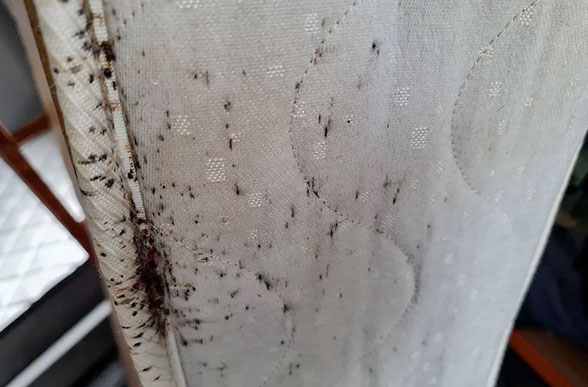
Preventing a bed bug infestation is just as important as finding them early. Regularly wash and dry bedding on high heat, vacuum frequently, and reduce clutter to eliminate hiding spots. Using mattress encasements and inspecting secondhand furniture before bringing it home can also help prevent infestations..
Knowing how to check for bed bugs is essential for early detection and prevention. By inspecting your mattress, furniture, luggage, and other hiding spots, you can catch an infestation before it spreads. If you suspect bed bugs in your home, take immediate action or hire a professional to eliminate them effectively. A proactive approach ensures a cleaner, safer, and bed-bug-free environment.

